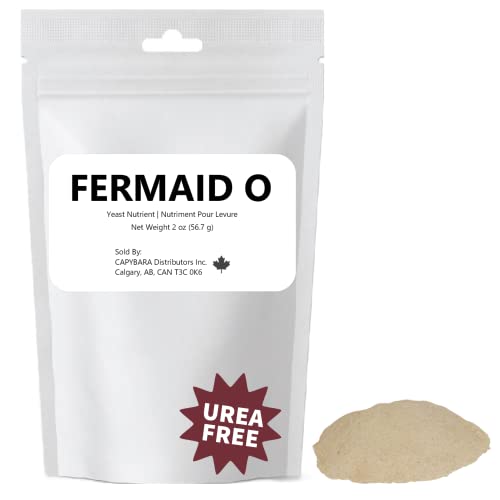ziggy12345
New Member
Hi
I am trying some bottle conditioning but wanted to know what pressure different amounts of added sugar made so have made 6 special corks with ball valves in and I can change the gauge over to see. Here is a pic
I am trying some bottle conditioning but wanted to know what pressure different amounts of added sugar made so have made 6 special corks with ball valves in and I can change the gauge over to see. Here is a pic








![BREWING THERMOMETER STICKERS ACCURATELY MONITOR FERMENTING BEER & WINE LIQUID TEMPERATURES 5PCS HOME BREW SPIRITS WINE LCD ADHESIVE [US]](https://m.media-amazon.com/images/I/311DDjo2X3L._SL500_.jpg)

































